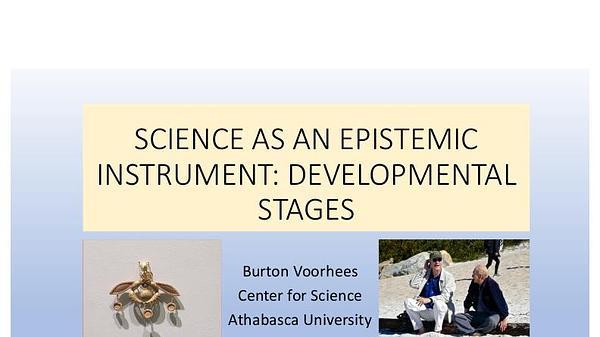Would you like to see your presentation here, made available to a global audience of researchers?
Add your own presentation or have us affordably record your next conference.
Abstract:
Complex cultural systems, like language and music, arise from the interplay of human biology, cognition, and cultural transmission. However, explaining how features of the transmission process (e.g. network topology, selection) contribute to cultural evolution remains a key challenge. This study examines the effect of selection and topology on the evolution of cultural systems using a particularly sophisticated and naturalistic modality: human singing. Participants (N = 557) were assigned to either structured or random social networks, which had the same number of nodes and neighbors but differed in their topology. In each network, participants selected melodies from their neighbors and reproduced them by singing. Networks evolved over 10 iterations. The quality of the creations that evolved (40,000 melodies) was estimated using a separate group of human raters. Our results show that the interaction of selection and topology plays a critical role in shaping cultural systems. Specifically, the higher spatial organization in the structured network facilitated exploration, allowing participants to discover more diverse and appealing solutions than the random network. However, the effect of topology significantly decreased in the absence of selection. These results shed light on how micro-level social interactions generate population-level emergent structure on human communication systems.
Speaker's social media:
@AngladaTort
